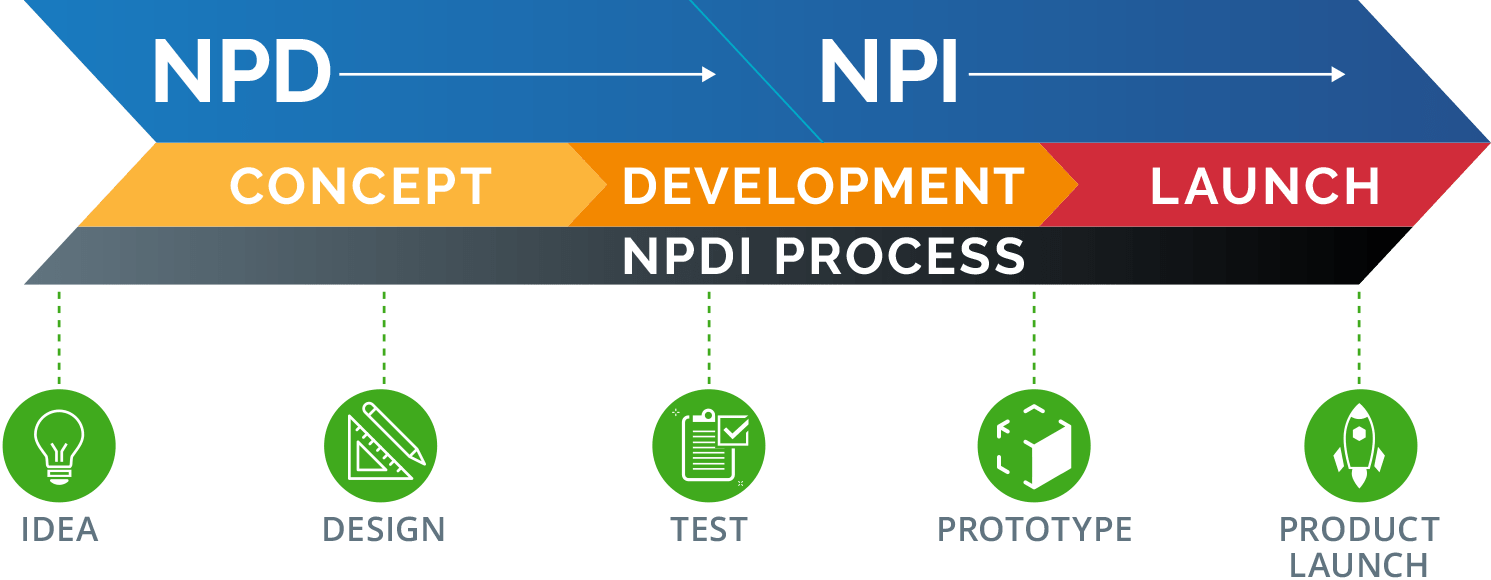The Top 5 BOM Management Mistakes That Could Be Costing Your Business
Introduction
The bill of materials (BOM) is as essential to manufacturing as a club is to golf—you can’t build or play without either item. A BOM makes the manufacturing process accurate and effective and combines all the information necessary to create a finished product.
A well-defined BOM helps manufacturers with everything from manufacturing efficiency to quality control, cost management, collaboration, and regulatory compliance. BOM accuracy is essential for ensuring cost-effective and compliant sourcing, maintaining quality control, and speeding up new product introduction.

Mitigating Challenges and Eliminating Mistakes: The Role of Comprehensive BOM Management
Bringing a product from concept to manufacturing can be difficult as businesses face many challenges along the way. The complexity of products with electrical, mechanical, and software components, and the demand for speed to market are just part of the problem, along with supply chain issues and sourcing for quality but cheaper parts. It’s often difficult to see the impact and costs of a mistake early in the process. A BOM error may result in lost time, money, or a shortage of essential parts. How to avoid mistakes is the problem that many product development and manufacturing teams face today.
How can you prevent these problems from happening and how can you ensure that these mistakes won’t happen again?
Having a complete BOM for the finished products, including information and data about the assembly and production process, allows you to expose hidden costs and issues early on and eliminate mistakes before they happen.

Five Typical BOM Mistakes
Mistakes in the BOM can be costly to a manufacturing company, especially if you’re using Excel spreadsheets and manually entering your information. Identifying which file is the latest revision or whether that revision is correct can cause costly mistakes, wasted time, and disruption to the manufacturing and production process. You might have thought Google Sheets and Excel were free, but you end up paying when employees waste time looking for the error that spoiled a product launch rather than working on more useful tasks.
- Maintaining accuracy when it comes to quantity mistakes: Quantity mistakes typically happen because of missing parts or miscalculations in the cost rollup process to calculate product costs, inventory management, or wrong information about stock or data extraction—all these factors can contribute to not having the correct parts at the scheduled time along with the right cost.
- Missing components or parts in the BOM: These types of mistakes often happen because of wrong data export from design and from forgetting to add specific items to the BOM. This usually occurs because of manual data entry and the absence of collaboration.
- Costing mistakes: Checking costs and components at the early stages of design is important. Many companies put that task on the back burner. Choosing the wrong component can be costly, not just in terms of the final unit price, but it can also impact the ultimate success or failure of the product in the market.
- Missing requirements: Wrong component quantity, inaccurate inventory, missing components, and incorrect costing of product/accounting variances can all lead to widespread problems such as costly time expenditures and stalls in production that can impact your bottom line, as well as setbacks to production time.
- Not providing adequate documentation: Another common mistake is not providing adequate documentation. This mistake can occur when manufacturers do not provide enough information to support the production process, such as assembly instructions, material specifications, or safety information. The consequences of not providing adequate documentation can include production delays, wasted materials, decreased product quality, increased safety risks, and lost revenue.
Reduce BOM errors using better practices
Deploying a product lifecycle management (PLM) solution can help you eliminate common BOM mistakes associated with manual data entry and siloed spreadsheets. PLM provides a centralized location to view and manage BOMs so internal teams and manufacturing partners have early and up-to-date visibility. Leveraging the BOM management capabilities of PLM software can eliminate these costly mistakes.
The Importance of Effective BOM Management in Manufacturing Companies
A well-crafted BOM is essential for any manufacturing company regardless of size or product complexity. Managing your BOM with intelligent solutions like PLM can decrease errors, scrap, and rework in the product design and development process, which is one of its key advantages. You can prevent inconsistencies, duplications, and omissions that can result in resource waste, delays, and customer dissatisfaction. Good BOM management practices enable you to keep track of changes and modifications and efficiently communicate them to all teams and departments involved in the product lifecycle.
Streamlining Remote Collaboration and Ensuring BOM Accuracy With Cloud PLM
If you’re working with remote teams and suppliers, you need to be certain that the full product lifecycle is being conducted in accordance with the most recent BOM revision. There’s no need to rely on manual procedures or siloed tools that can lead to ambiguity and uncertainty. With the support of Arena’s Cloud PLM solution, you can quickly develop innovative products and bring them to market faster by using a more intelligent BOM management strategy.




